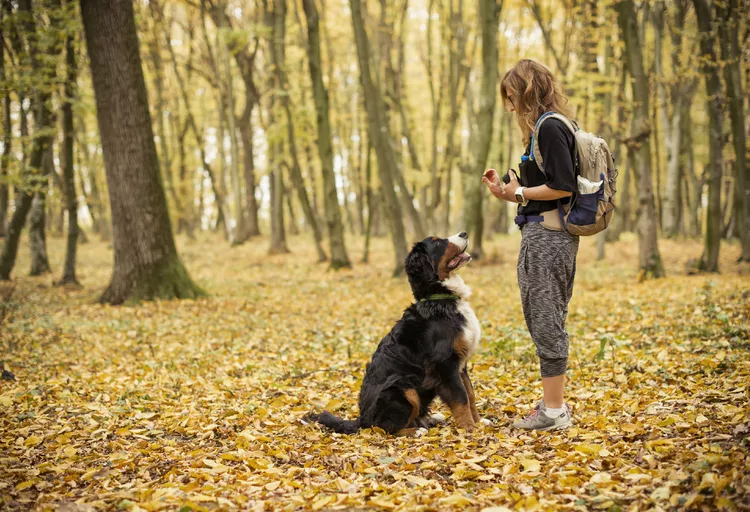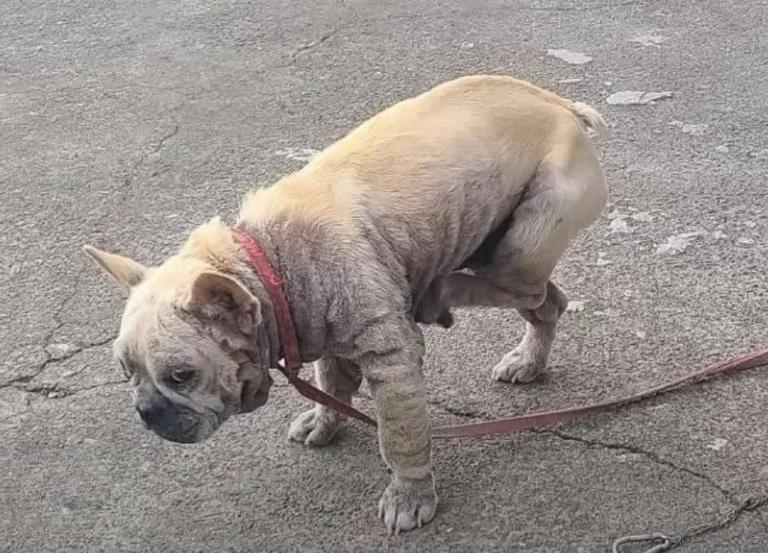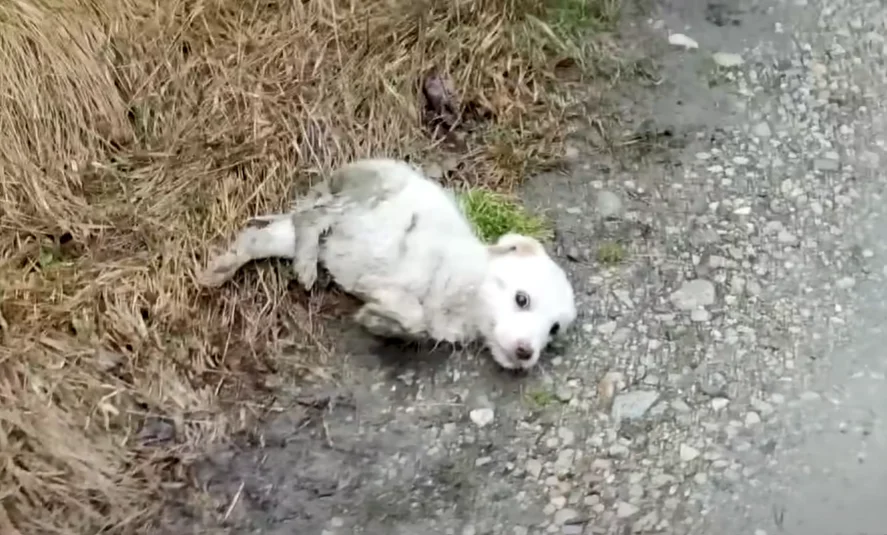Essential Dog Training Commands Every Dog Should Learn
Training your dog involves teaching it various cues or commands to guide its behavior. These fundamental commands help establish control, create a structured environment, and address common behavior issues. They also play a crucial role in ensuring your dog’s safety and well-being. Here are some key commands every dog should know:
01 Focus
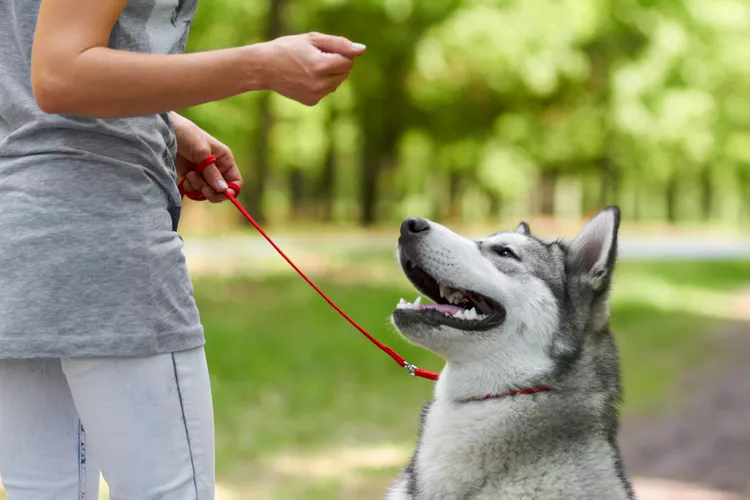
Teaching your dog to focus on you, often called “look” or “watch me,” is essential for maintaining attention amid distractions. This command helps ensure that your dog stays engaged with you and is particularly useful when teaching other commands.
02 Emergency Recall

The emergency recall is a critical command used only in urgent situations, like when your dog is about to run into traffic. This command should be distinct from a regular recall and is crucial for your dog’s safety.
03 Come
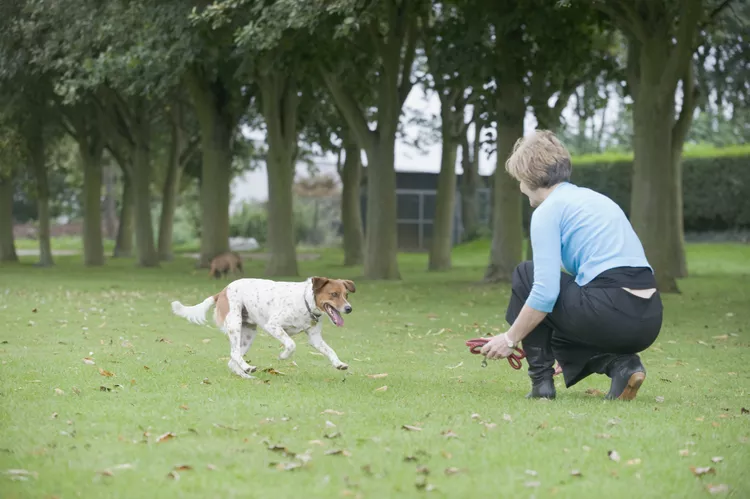
The “come” command is vital for calling your dog to you from a distance, whether to prevent trouble or for positive reasons like playtime. To maintain reliability, always associate this command with positive experiences and offer rewards like praise and treats.
04 Heel
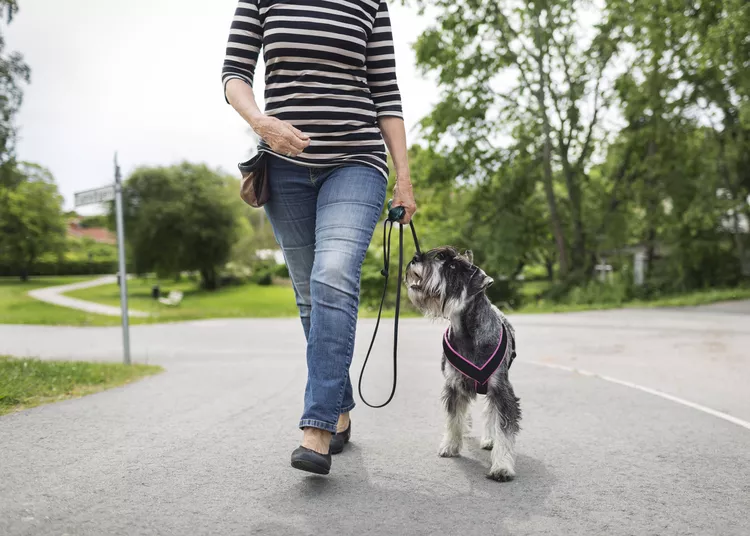
The “heel” command helps manage leash walking by ensuring your dog walks calmly beside you without pulling. This command, which might also be called “with me” or “easy,” makes walks more enjoyable and reinforces good leash manners.
05 Leave It

The “leave it” command instructs your dog not to pick up or interact with something it’s approaching. This command can prevent your dog from eating harmful items or getting into mischief. If your dog has already picked something up, use the “drop it” command instead.
06 Drop It
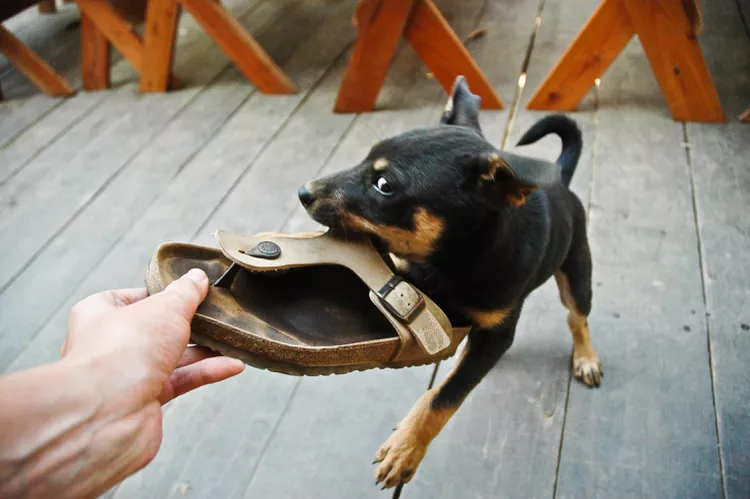
“Drop it” directs your dog to release whatever is in its mouth. This command is essential for preventing your dog from ingesting harmful objects or chewing on inappropriate items. Reinforce this command by swapping the item with a toy or treat.
07 Sit
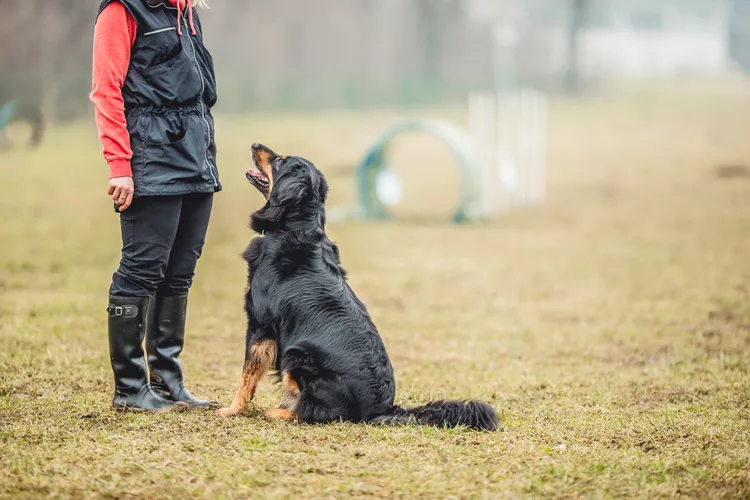
“Sitting” is often the first command taught and is foundational for managing behaviors. A dog in a sitting position cannot jump or engage in other unwanted actions. It also helps your dog calm down and settle in various situations.
08 Down

The “down” command, which tells your dog to lie down, is useful for managing unwanted behaviors and promoting relaxation. It also serves as a prerequisite for more advanced commands, such as rolling over or going to a specific place.
09 Stay

“Stay” is a versatile command that keeps your dog in a designated position, whether to avoid interference or prevent it from running into danger. It’s valuable in both everyday situations and emergencies.
10 Wait

The “wait” command instructs your dog to pause and not move forward until given the signal. It’s useful for controlling your dog’s actions as it exits doors, crates, or vehicles, offering a bit of freedom while still ensuring safety.
By consistently teaching and reinforcing these commands, you’ll help your dog develop good habits and respond appropriately in various situations.

